who do you trust?
trust and crisis of trust in social and economic relationships
Social Issue research & thesis
2013 – 2014
Student project
Book & App Design
The concept of trust and crises of trust inform relationships, affect decision-making, and direct consequences. Starting from an economic perspective, this study includes trust, distrust, truth, lies and belief as factors of everyday financial life.
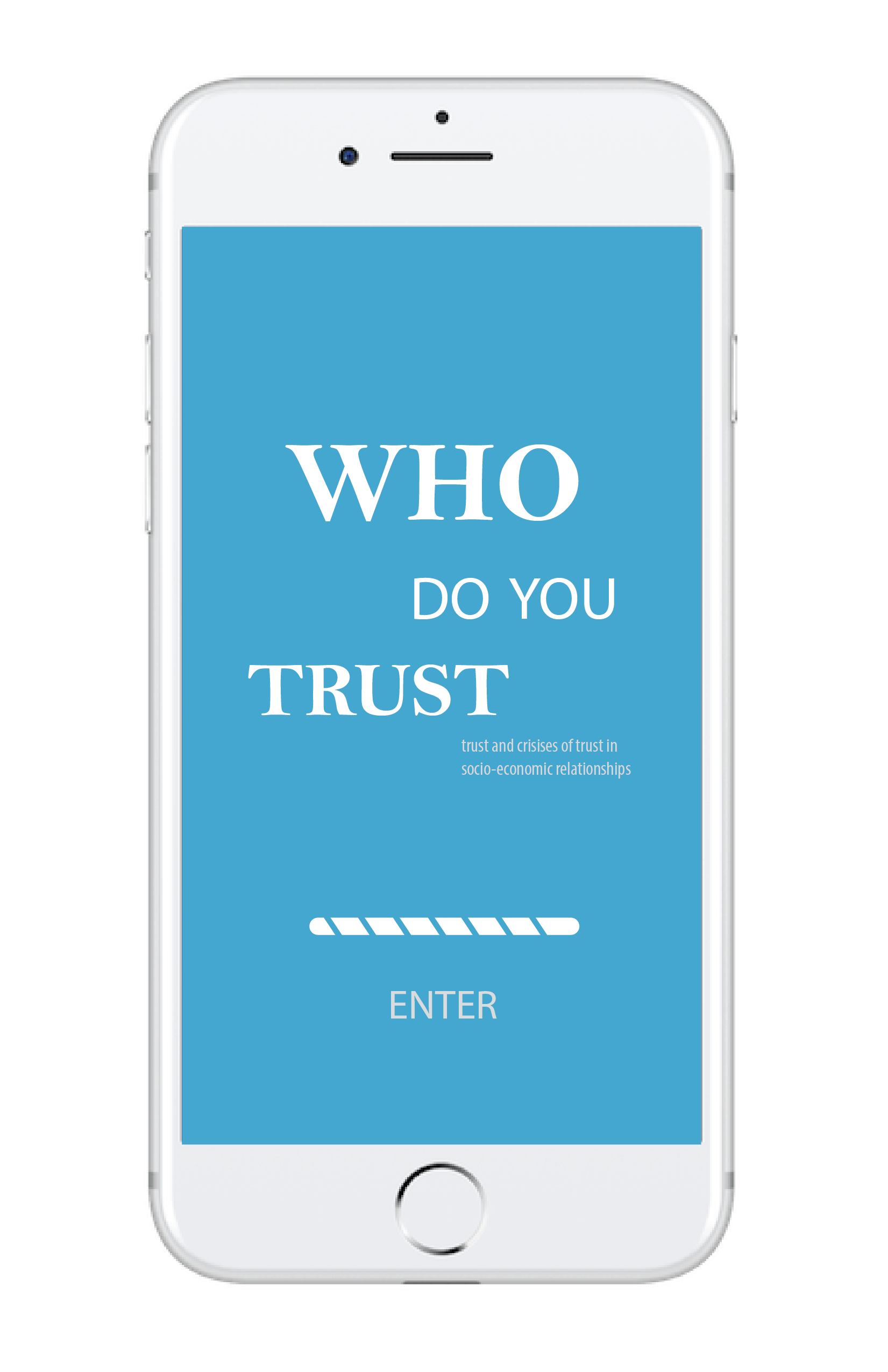

Because of the special role that trust plays in the process of a relationship, whether between individuals and organizations, it determines the result and quality of that relationship. Thus, how can we ensure that trust remains in a relationship? When a crisis of trust appears, how can we cope with it and repair the breach so that the trust is stronger than ever?
abstract
This thesis explores issues surrounding trust, focusing on trust and the crisis of trust in social and economic relationships. Nowadays, trust is difficult to establish between organizations. From a social perspective, this may be in large part due to the growing preference people have for utilizing machines or working with machines rather than interacting with others. Nevertheless, despite the expanded use of technology, trust remains the foundation of all relationships, and thus dealing with trust problems is a significant issue that must be resolved. Especially pertinent is the issue of how to enhance the trust relationship between people through digital devices in today’s society since these devices have become necessities in virtually everyone’s daily activities.
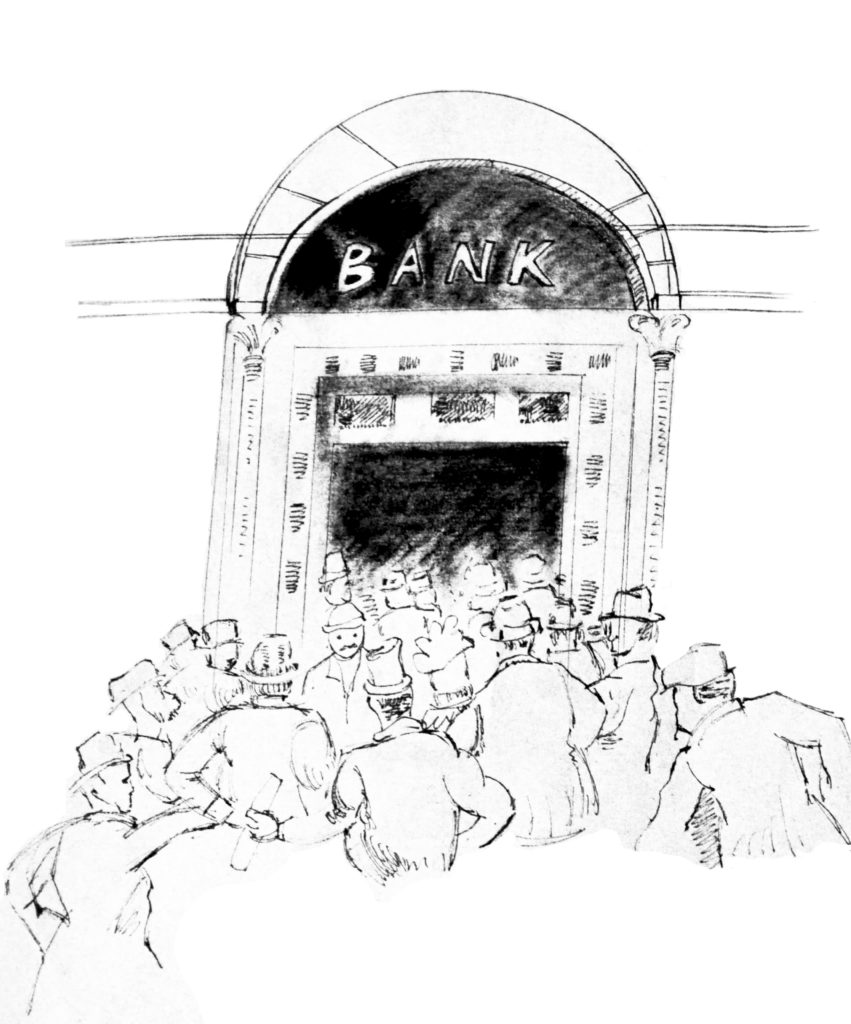
“bank run or bank panic”
background
who should we give our trust?
When we look around us, we do not know whom we should give our trust. Trust is a fundamental component in a relationship, along with loyalty, respect and good communication. These components are especially vital during the process of relationship building. The establishment and growth of a well-known brand demonstrates this assertion. When a brand is first established, good quality products and services are required to showcase the brand. Once the brand has become trusted by consumers, loyalty to the brand soon follows. If the trust and loyalty are not diminished, the brand earns a good reputation with the public. This good reputation translates into increased sales and, in some cases, global fame.

Fulcrum Effect
The fulcrum effect is another way to illustrate how trust acts in a relationship. If we recognize trust as a fulcrum, strategies and quality become the effort, with honour, prestige and reputation representing the load. Of all of these factors, only one position can make the device work properly and effectively – the fulcrum (trust) . When trust is placed at the centre and the effort (strategies and quality) is pushed, the load (honour, prestige and reputation) rises easily.

Starting point of relationship building
Trust builds on trust, but it has to start somewhere. The question is – where? If we wish to gain trust from others, we need to trust others from the beginning. However, most of us live in a competitive study or work environment, which naturally decreases the percentage of trust of people around us. Nevertheless, competitions still have a positive impact on trusting relationships. Teamwork is an excellent example to illustrate this phenomenon, such as the accomplishment of an interdisciplinary project. Trust is the foundation of collaboration; without trust, the project can not proceed smoothly.
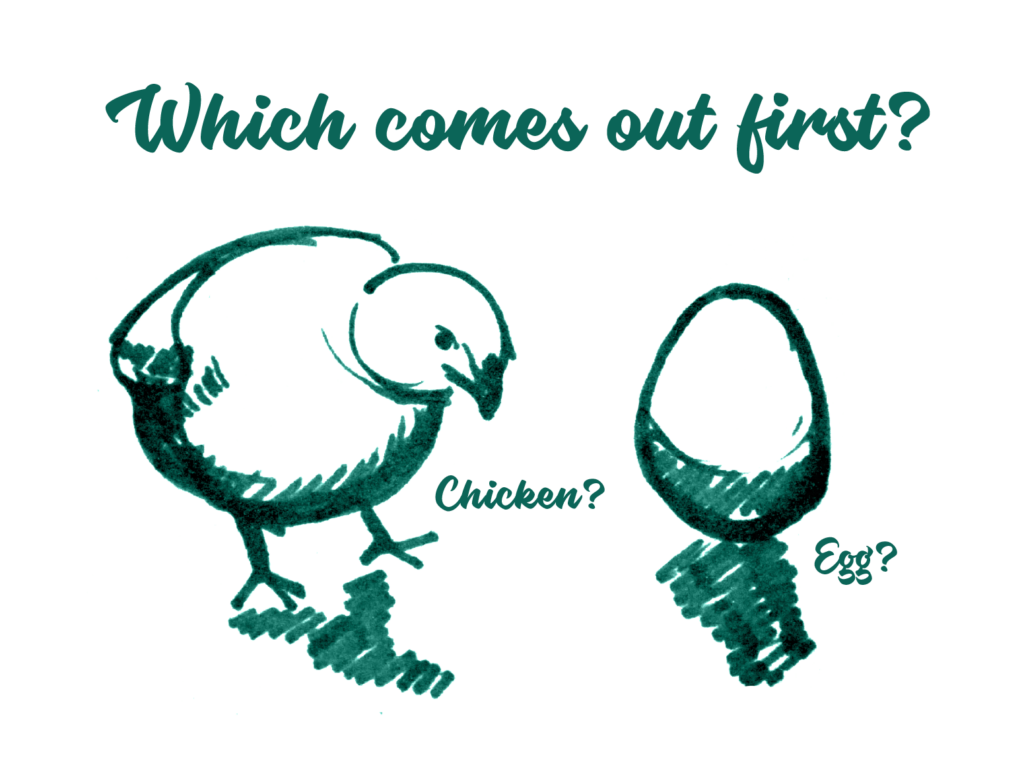
methodology
action research
Action research, a matched methodology in design research formulation (Swann, 2002), has four main elements, which are plan, act, observe, and reflect. Each element interacts and influences the others. Furthermore, “design process is a research process” (Swann, 2002); its ability to figure out effective solutions is derived from its iterative and reciprocally strengthening nature, through problem seeking, resources analyzing and synthesizing.
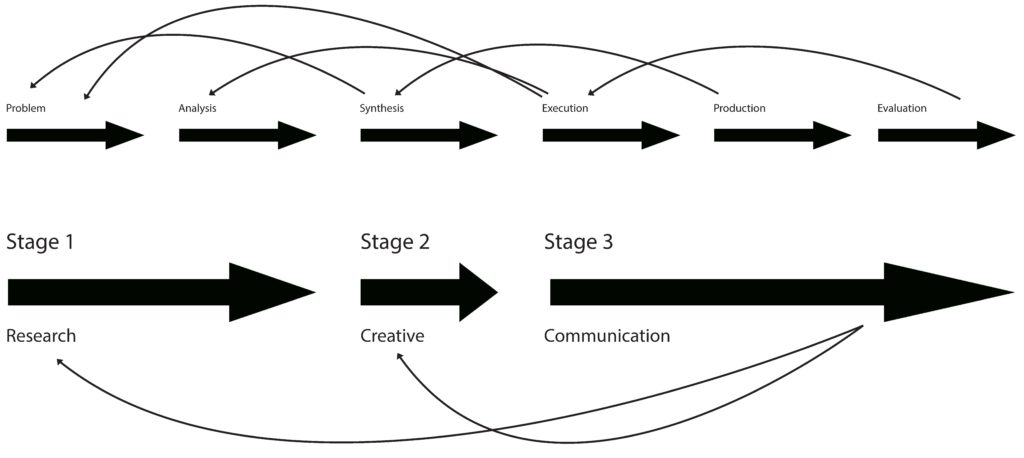
design process
The purpose of design process is to develop a general and brief guideline of the entire process of this investigation. The goal is to show designers the path to follow during the ongoing process of thesis development.
The right image is my third iteration of design process for this study. It starts with finding the problem, which in our case is trust and distrust in social and economic relationships. Next step is exploration, then, analysis, synthesis, execution, production, and final step is evaluation. With every design concept finished, self-evaluation and evaluation take the form of a critique for each concept.
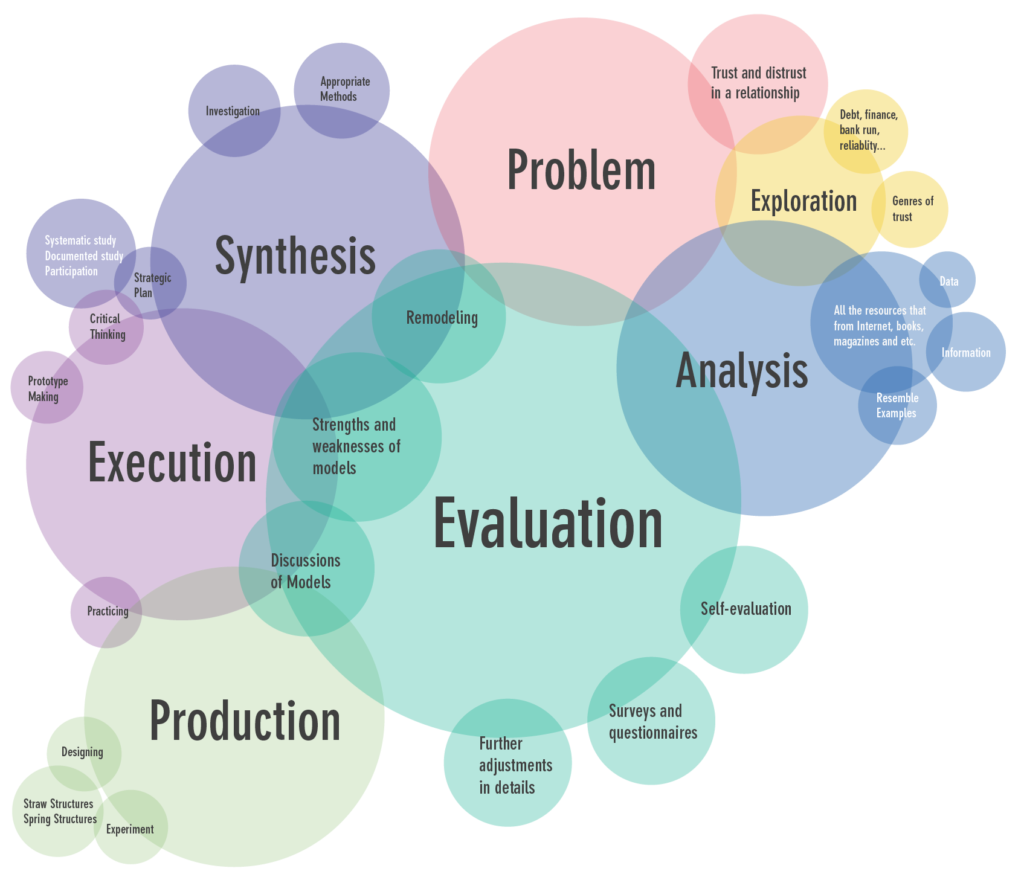
methods
visual brainstorming
This method was helpful to inform concepts, raise questions, and find organizations related to trust. It starts from an economic perspective, with finance, debt, and reliability being the first three elements discussed.
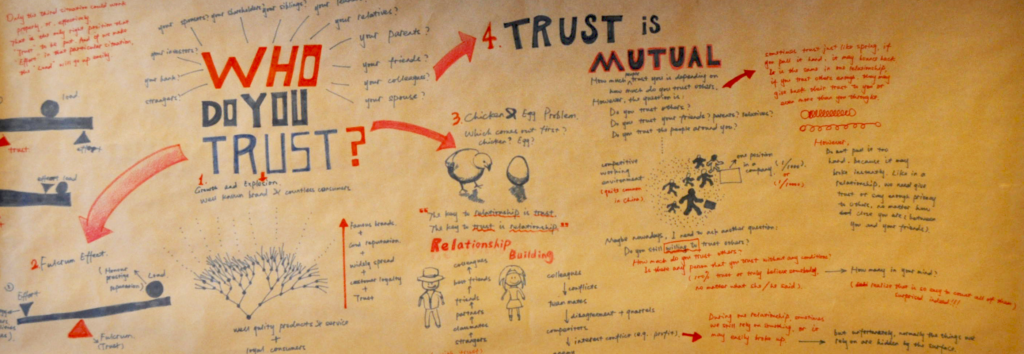

artifacts
The first artifact is called a polygonal structure of trust. The main purpose of this artifact is to show the genres of trust and the relationship between each kind of trust. It addresses the components that trust consists of in a certain order.
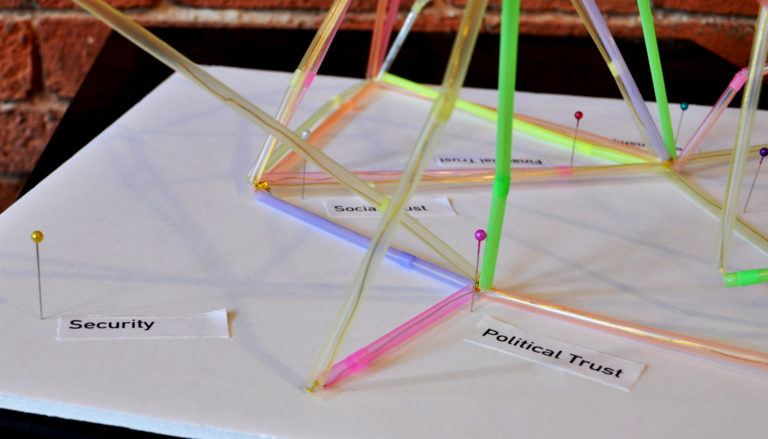


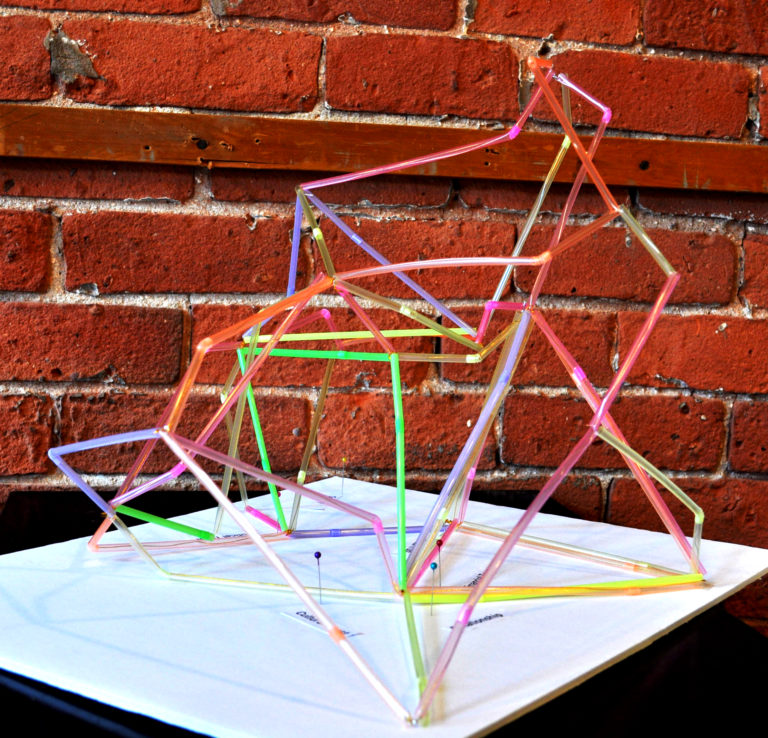

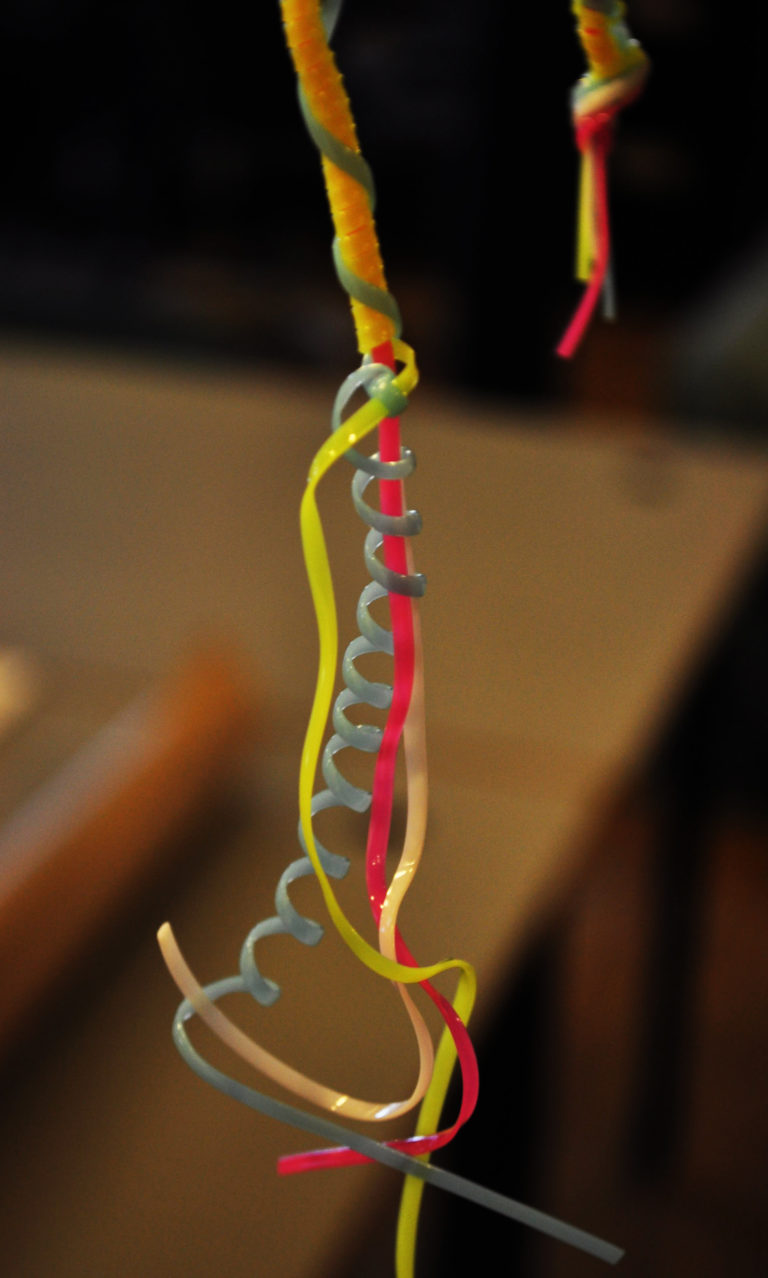
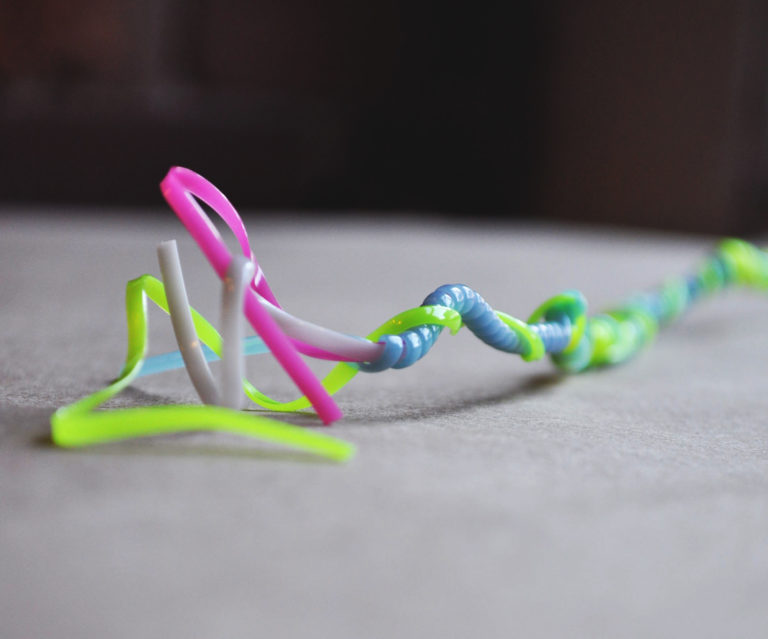
The tightness of trust is the second artifact presented here. The purpose of this artifact is to understand strength and effort required in building and maintaining a relationship. This artifact demonstrates that if we want have a good start in a relationship, we need to fix it right at the very beginning.
The third artifact is named the connection of trust. the purpose of this artifact is to indicate the connection among individuals. It addresses the issue of how trust plays a role in a relationship and how it works properly. This artifact reflects that if we want to build trust between each other, we have to make the same amount of effort. Moreover, when the gap is too wide, we need to put something in between to ensure the relationship will endure.

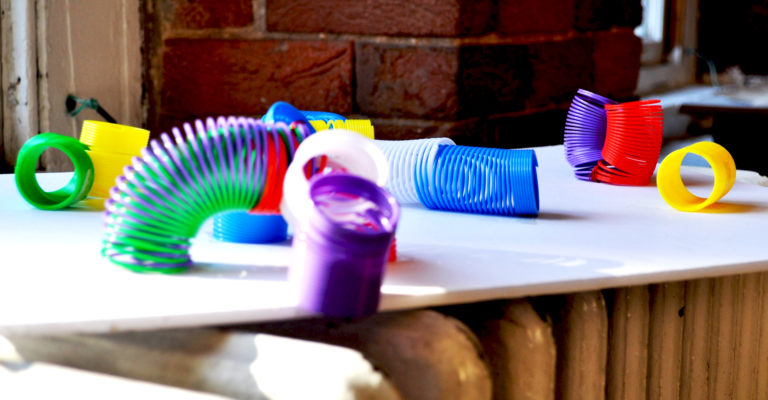
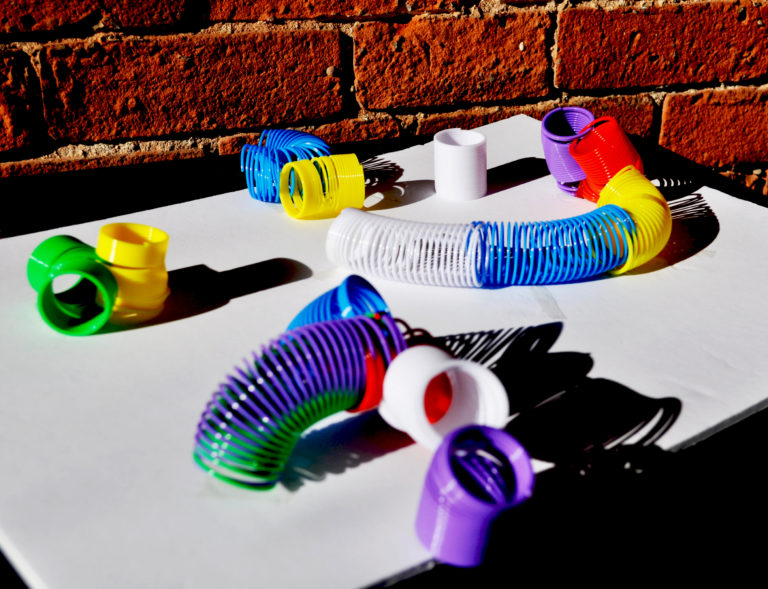
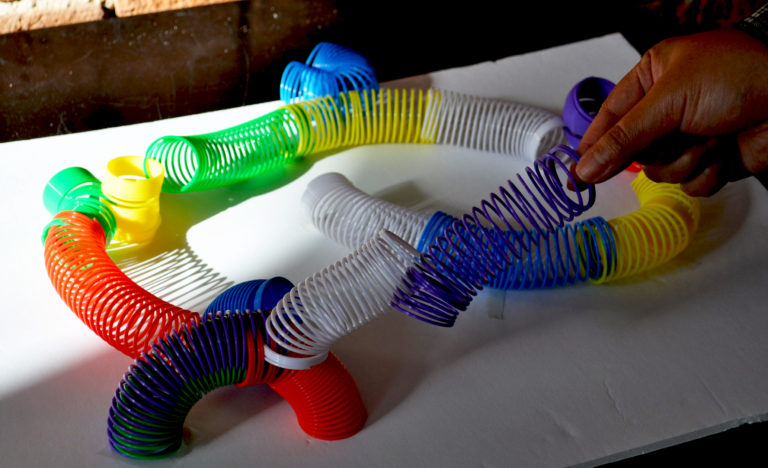
Concept Development
The concept development portion of a thesis is arguably the most critical aspect of the entire thesis project, with all of the previous exploration serving as a lead-up to it. A design concept is a systematic description of a whole design. According to each design concept, the rationale, objectives, and components of each design must be clearly presented to viewers. Here I just show three of my concepts.
second concept
The concept is called an experiencing centre of trust. It would occupy a large expanse of land and be built as a flat construction, like a warehouse. The goal in creating an experiencing centre is to help people to gain and share trust with others through all of these processes, even if they did not know each other beforehand.
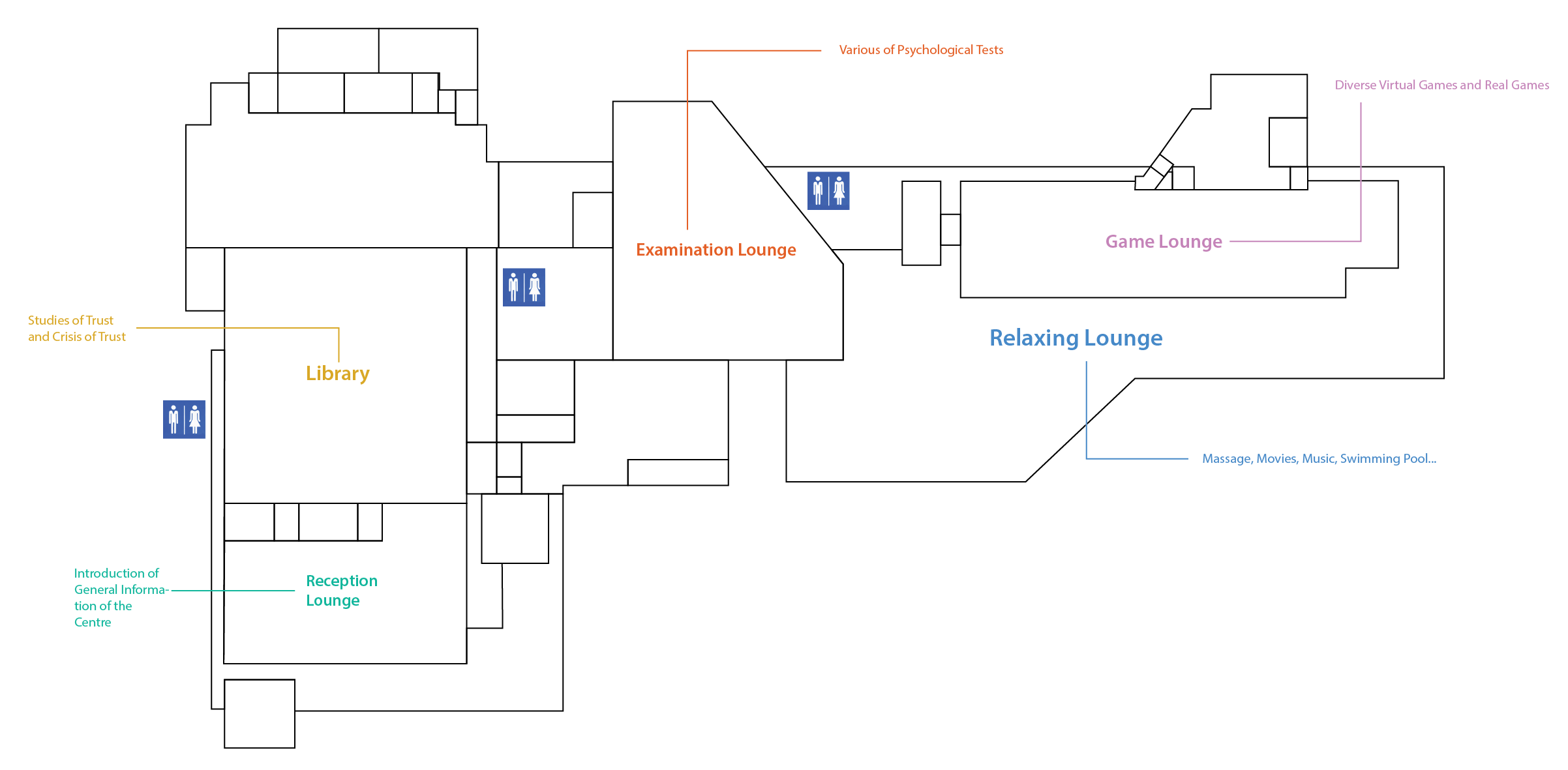
nineth concept
This concept is dealing with the problems of people who easily get nervous from negative emotions through sleeping. Psychologists must assist in this product. When clients fall asleep with the special vibrating bed and the unique pillow within six virtual scenes, they may experience the similar situations that they face daily. They may fix problems that they have associated with trust in their dreams.

eleventh concept
This concept is about establishing a company that specifically helps people who have problems to deal with the issue of trust and crisis of trust in a relationship. Clients would visit the company’s space and relate their stories in a relaxed and inviting atmosphere with refreshments.
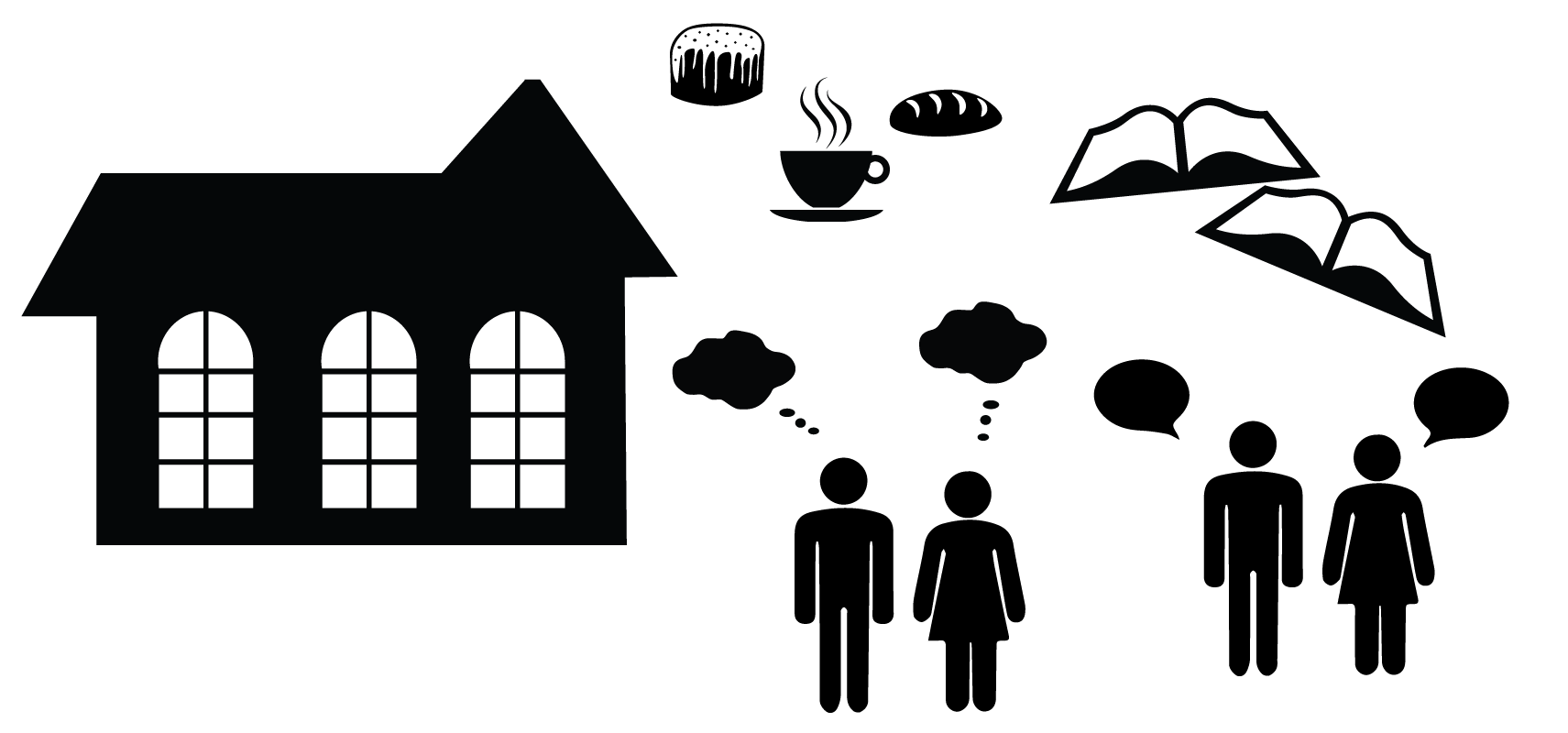
final design
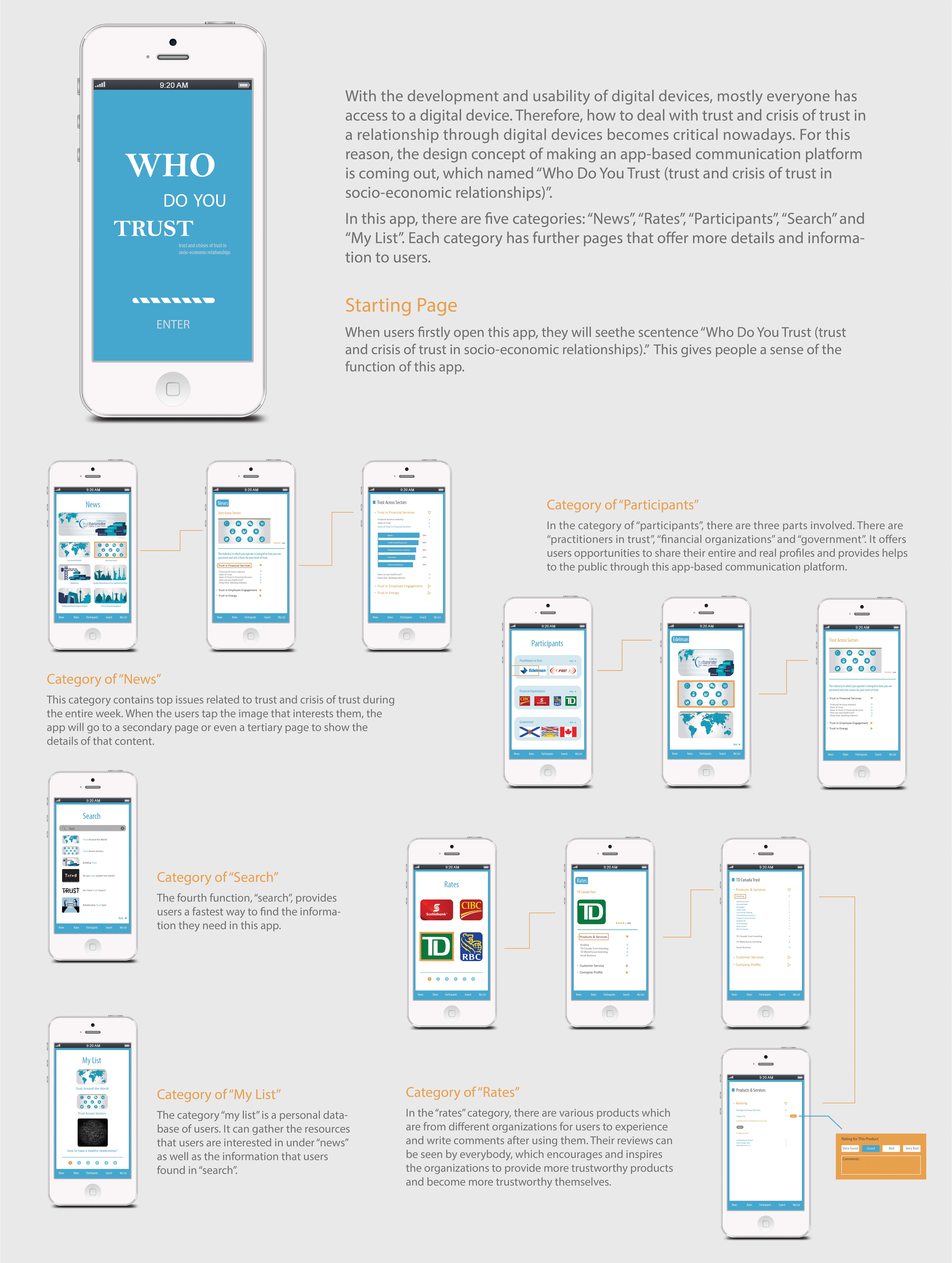
conclusion
This study explored critical thinking and practice concerning how trust and crisis of trust act in social and economic relationships. This thesis developed gradually over time through a step-by-step process of finding the initial problems, exploring and analyzing the resources, synthesizing investigations, methods and strategic plans, executing critical thinking, making prototypes, and evaluating the supporting artifacts. As the intent of the project is to change the current situation regarding trust and crisis of trust in today’s society, the work required intense examination of all elements and aspects involved before a viable solution could emerge. After experimenting with all these design proposals, the final design choice became readily apparent: an app-based communication platform. Hopefully this design concept might bridge the divide in the trust and crisis of trust in social and economic relationships.
